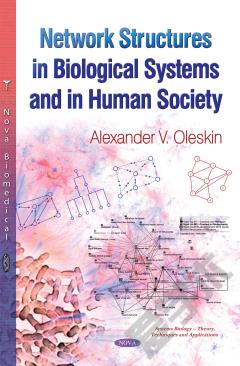Network Structures in Biological Systems and in Human Society
This book focuses on network structures in biological systems and in human society. The term “network structure” is used in literature with at least two different meanings. The broader meaning (denoted by this author as a network sensu lato) refers to any system composed of nodes (vertices) connected by links (edges). In terms of this interpretation, the analytical tools that deal with centrality measures, clustering, and community structure-related criteria, small-world behavior, and other network characteristics have provided important insights into the organization and functioning of various objects, including biological systems and human society. However, there is a narrower interpretation of the term “network” that is predominantly used in the social sciences: a network structure is a decentralized, non-hierarchical system that is regulated by cooperative interactions among its nodes (a network sensu stricto. In this work, the term “networks” is interpreted in the latter sense. The characteristics of a network’s organizational situation are considered in this work in comparison to other types of structures that are denoted as (1) hierarchical (vertical, pyramidal) structures characterized by a single dominant activity center (central leader, pacemaker); and (2) (quasi-)market structures dominated by competitive, rather than cooperative, interactions among the actors involved. This is an interdisciplinary work because the three organizational structures are considered with respect to biological systems and to human society, including its political system.
{{comment.content}}








 京公网安备 11010802027623号
京公网安备 11010802027623号